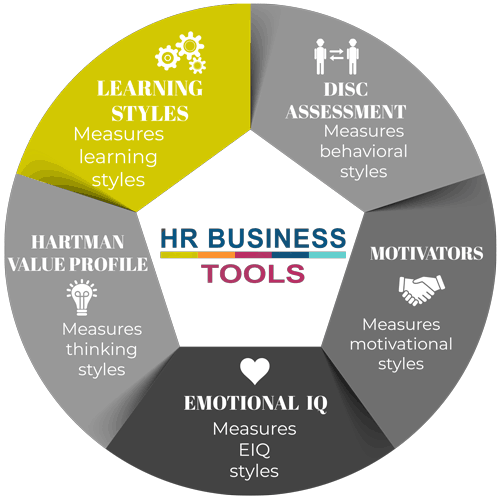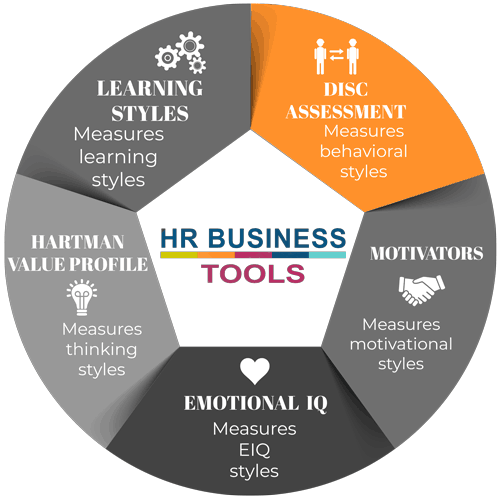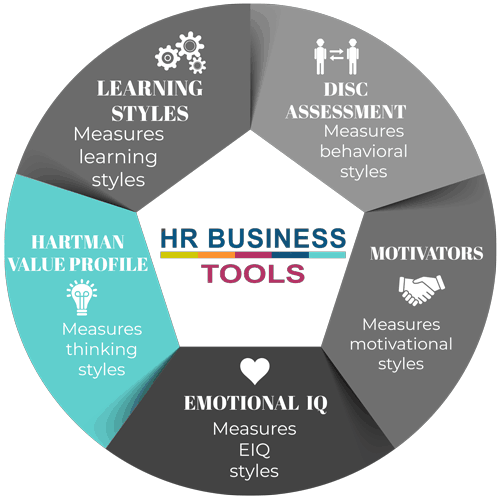Learning Styles Assessment
$47
What’s your learning style? Understanding your learning style offers the key to maximizing your job search, promotion opportunities, and professional development choices. Learning styles refer to the ways you prefer to approach new information.
Description
For the Individual
Understanding your learning style offers the key to maximizing your job search, promotion opportunities, and your financial investment in professional development.
For the Organization
Understanding learning styles offers the key to maximizing an organization’s hiring & selection process, training investments, enlightening its management teams and even assembling top performing teams.
The Learning Styles assessment does just as its name implies; it identifies each individual’s best means for learning and retaining new information. Some people like to process information through text, while others need visual support and images. Some learners best assimilate information alone, while others prefer to work in groups. There are those who can grasp information intuitively, while others prefer to follow a strong sequential path.
The Learning Styles assessment is designed to measure the learning style of an individual within most situations. These situations encompass four categories:
- ATTENDING: Looks at an individual’s motivation to learn in the first place, and the levels of commitment or concentration they tend to give when new information is presented to them. This category has two sub-scales: “Telescopic” and “Wide-angled”. Telescopic means they are generally effective at concentrating and keeping their mind on the information being shared without worrying about the physical context. Wide-angled means the individual is often easily affected by environmental factors such as noise, low light and other physical influences that can easily interfere with any information being shared.
- TRANSLATING: Looks at whom an individual relies on most in managing the transfer of learning, and in making sense of what they see, hear, or sense. This category has three sub-scales: “Dependent”, “Collaborative”, and “Autonomous”. Dependent means the individual mainly favors relying on the trainer or facilitator for information. Collaborative means the individual mainly favors relying on group discussions or team activities for learning. Autonomous means that self-reliance is favored in personally managing the learning transfer process.
- RELATING: Looks at an individual’s perception of data or information, and how it is related to existing knowledge. This has three sub-scales: “Visual”, “Auditory”, and “Kinesthetic”. Visual means that the preference is for information that can ideally be seen with the eyes. Auditory means that the preference is for information that can ideally be heard. Kinesthetic means that the preference is for information that can ideally be physically experienced, (mainly through touch, smell, or taste.)
- UNDERSTANDING: Looks at an individual’s preferences for synthesizing data or information they receive. This category has two sub-scales: “Global” and “Analytical”. Global means a preference for understanding at a conceptual or “big picture” level. Analytical means a preference for understanding at a detailed or step-by-step level.
Only logged in customers who have purchased this product may leave a review.






Reviews
There are no reviews yet.